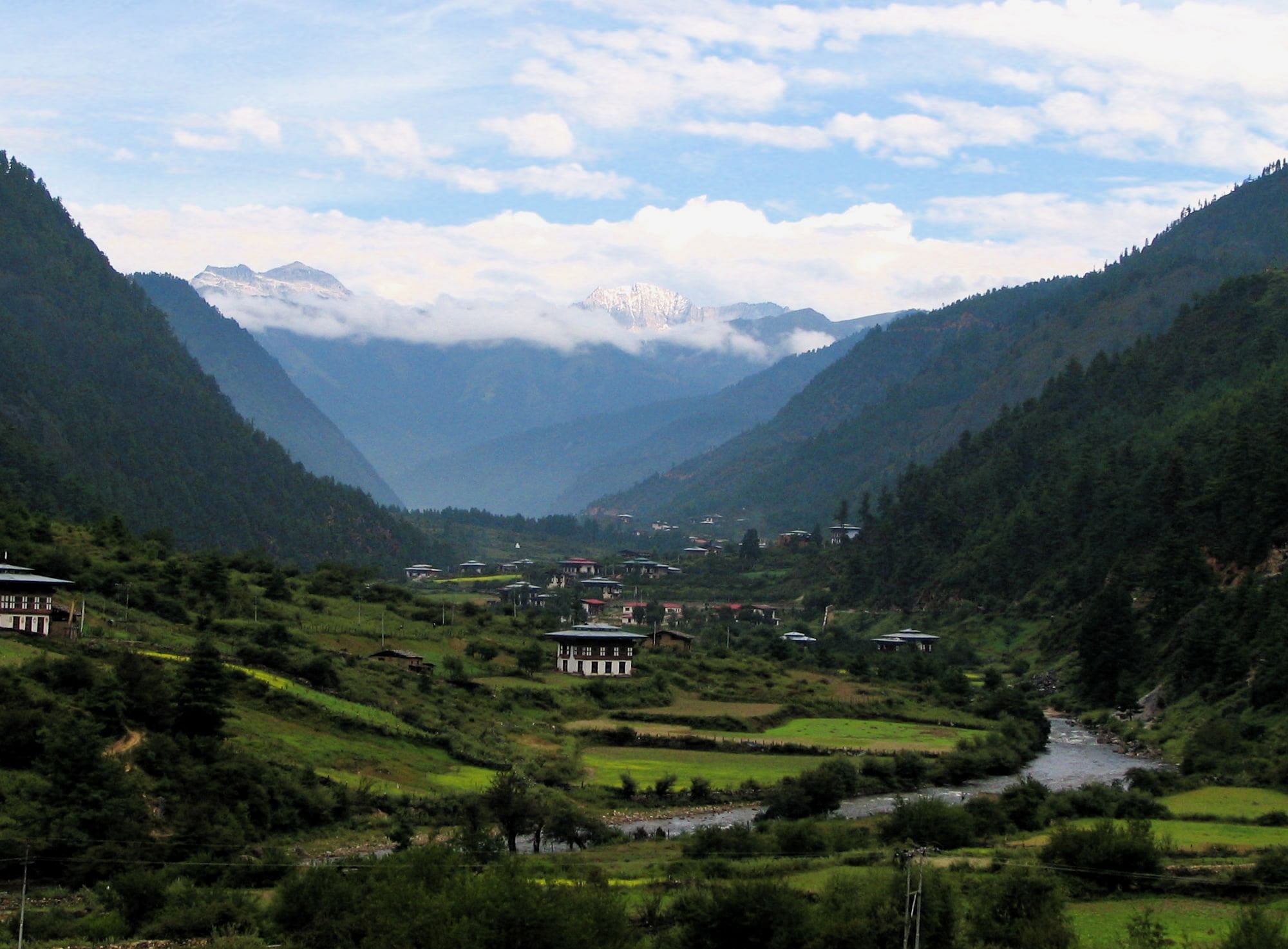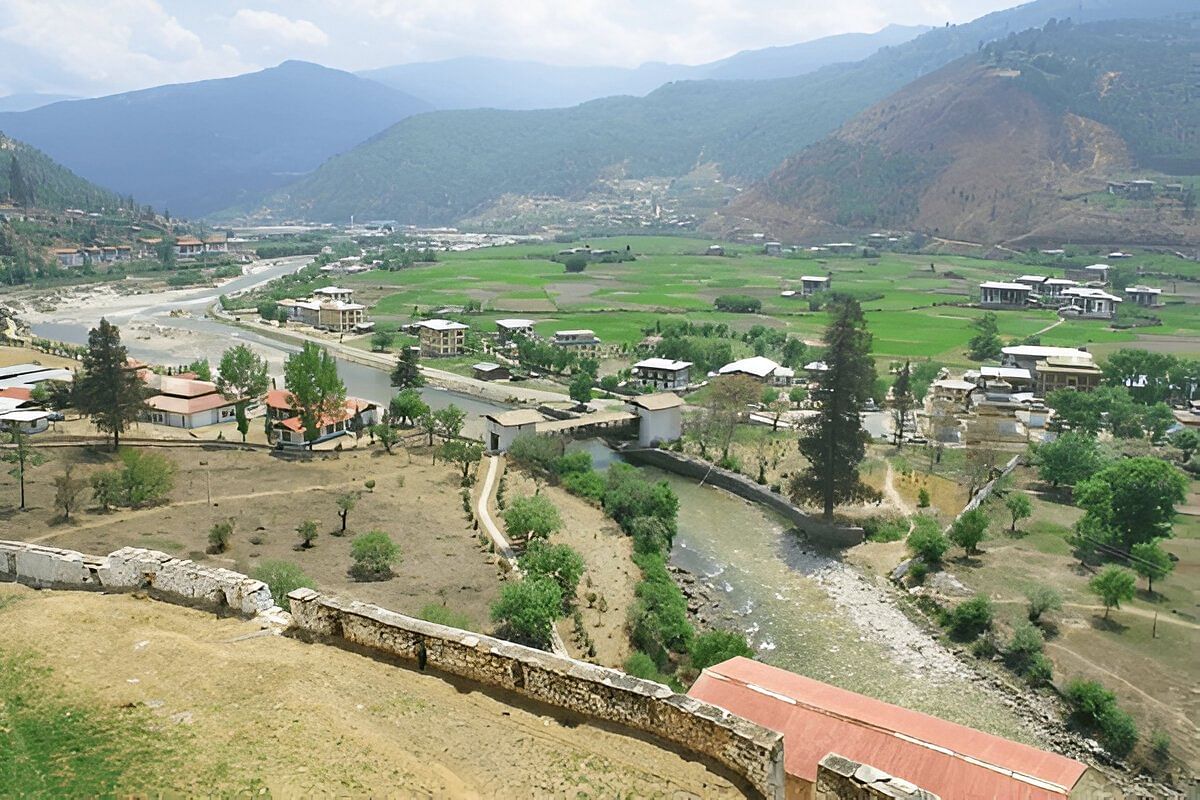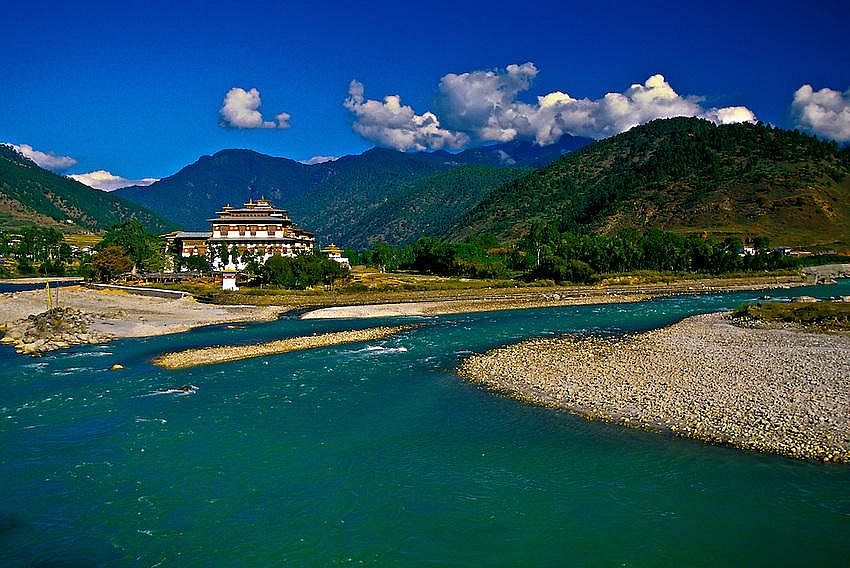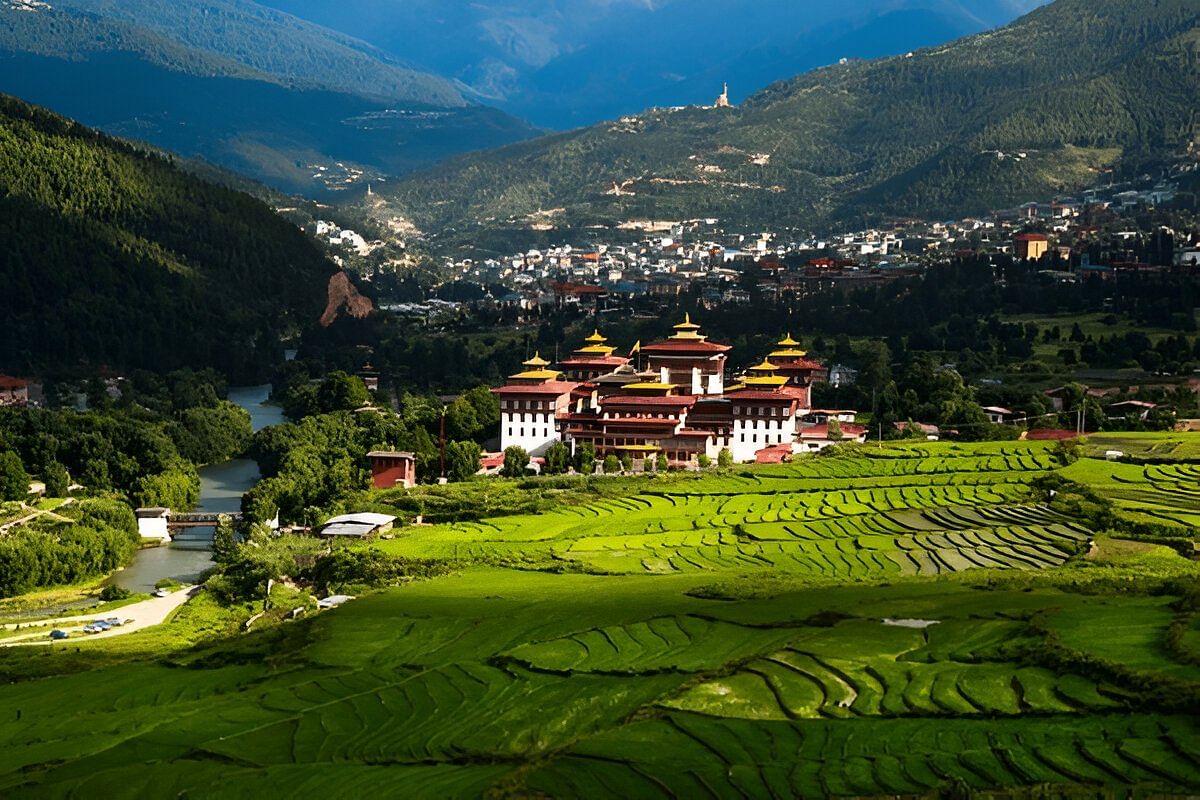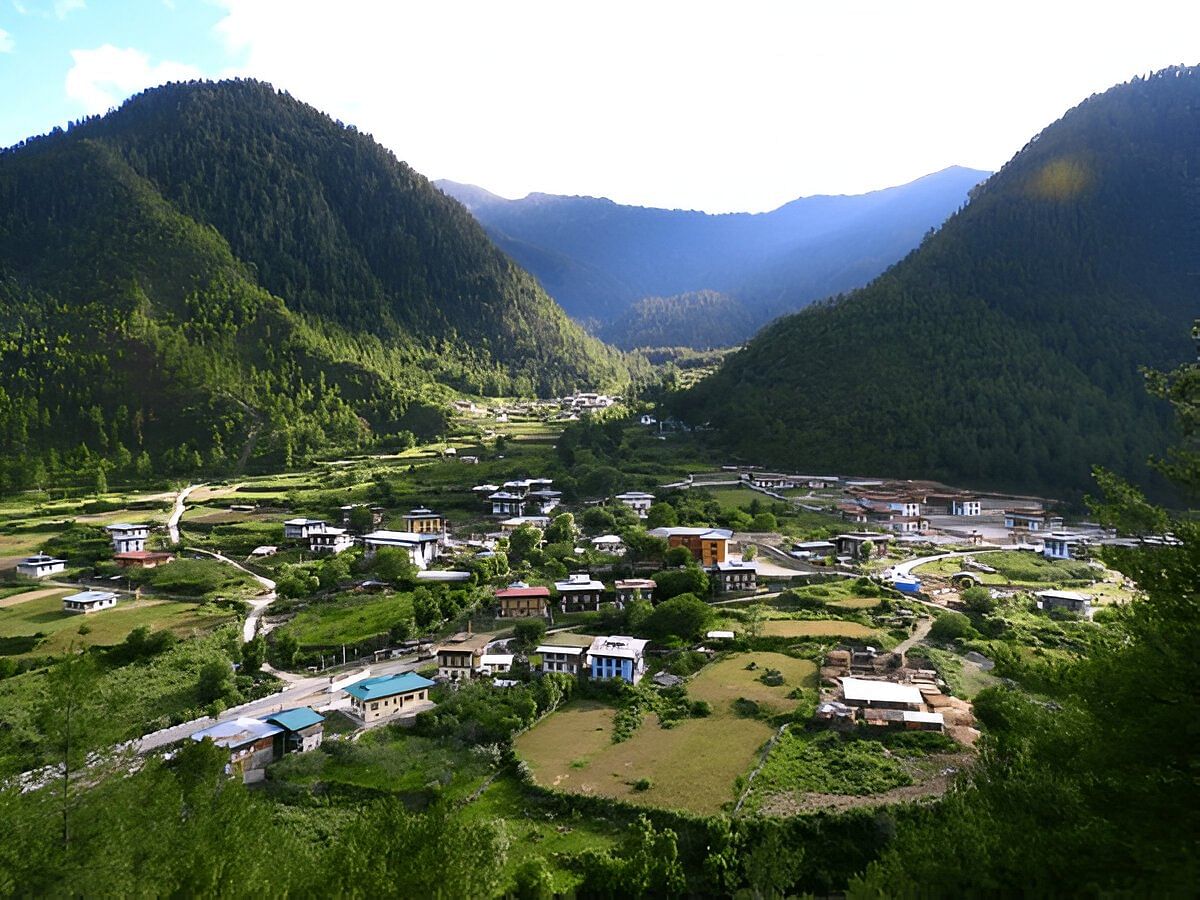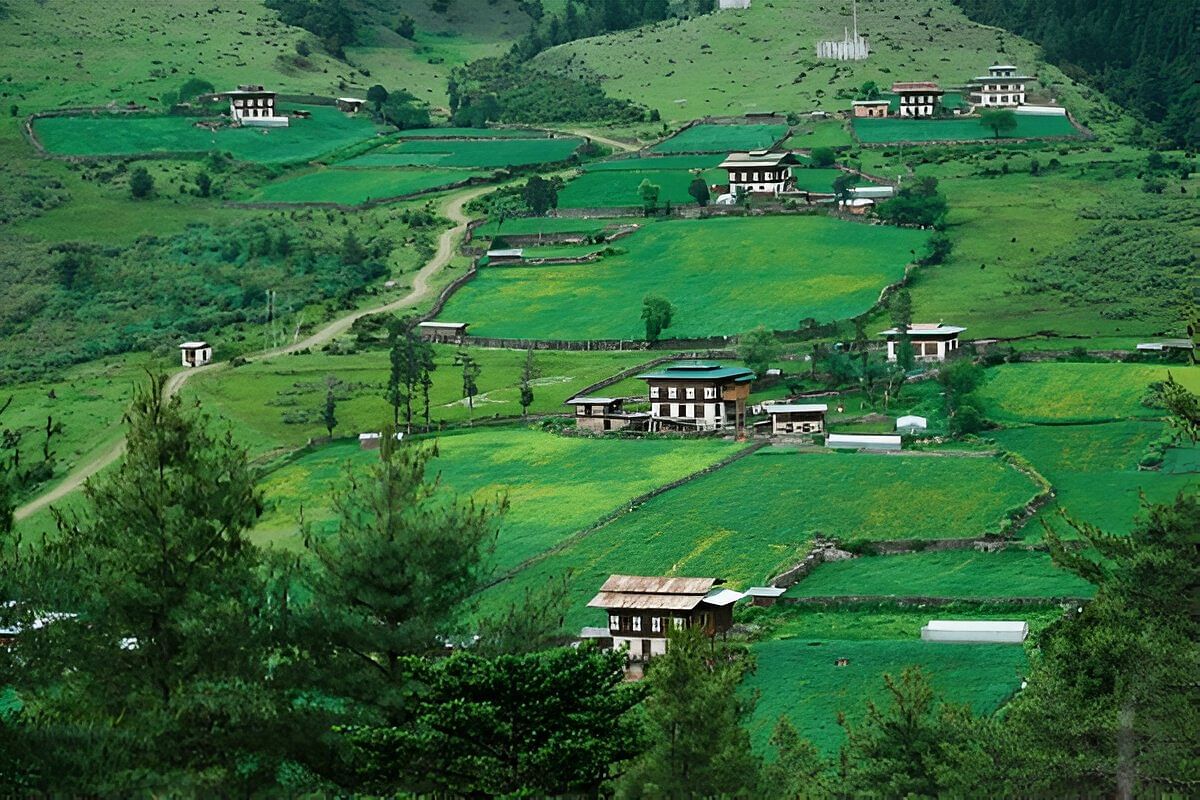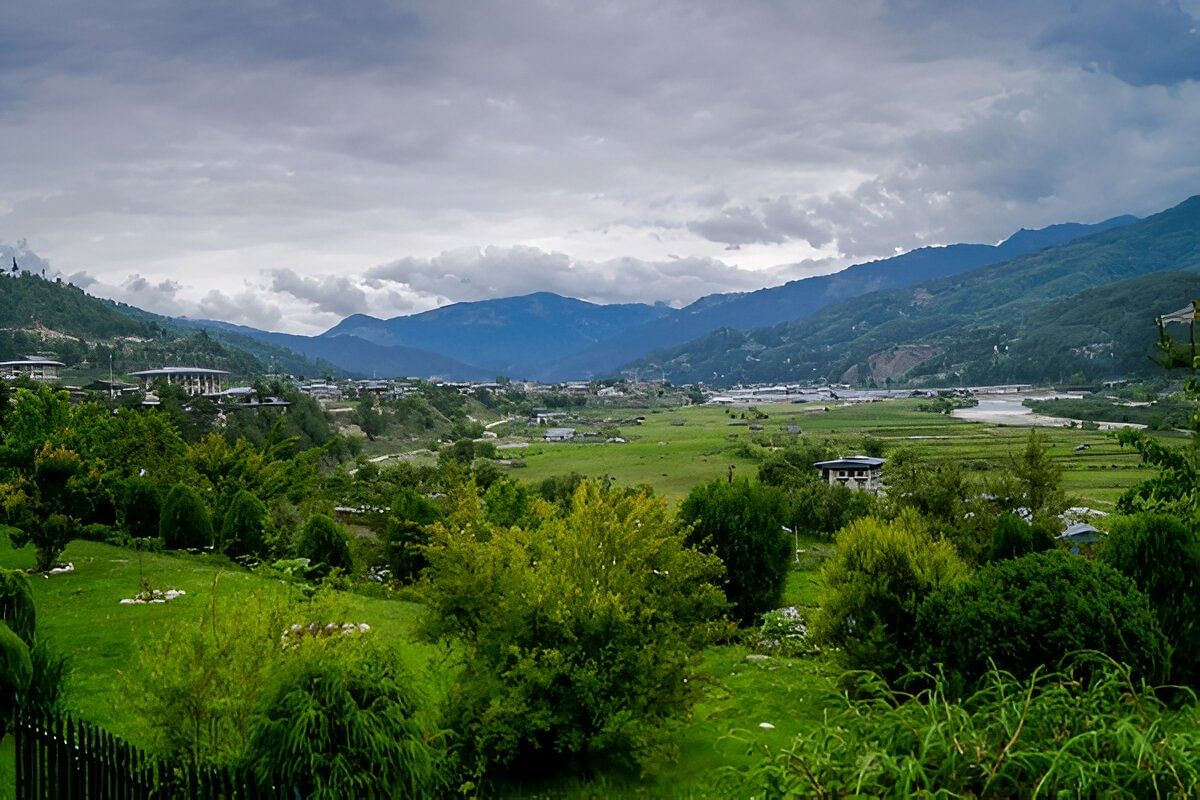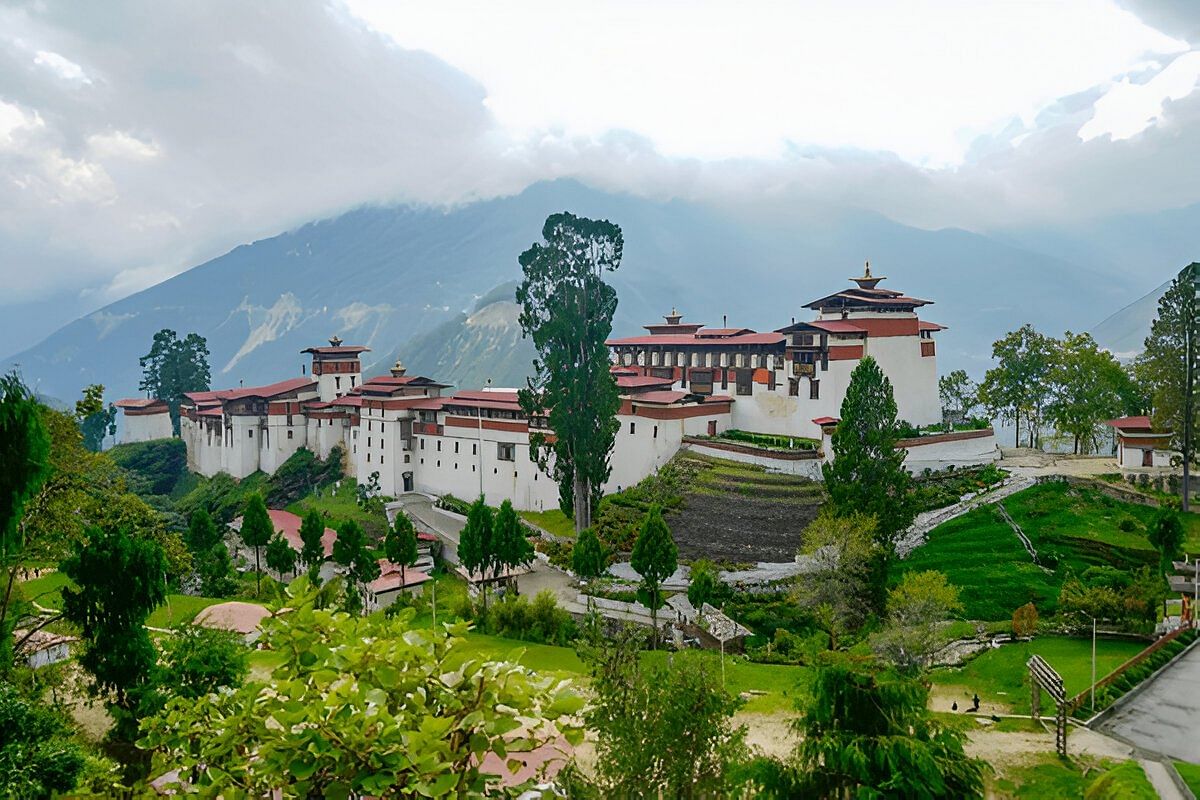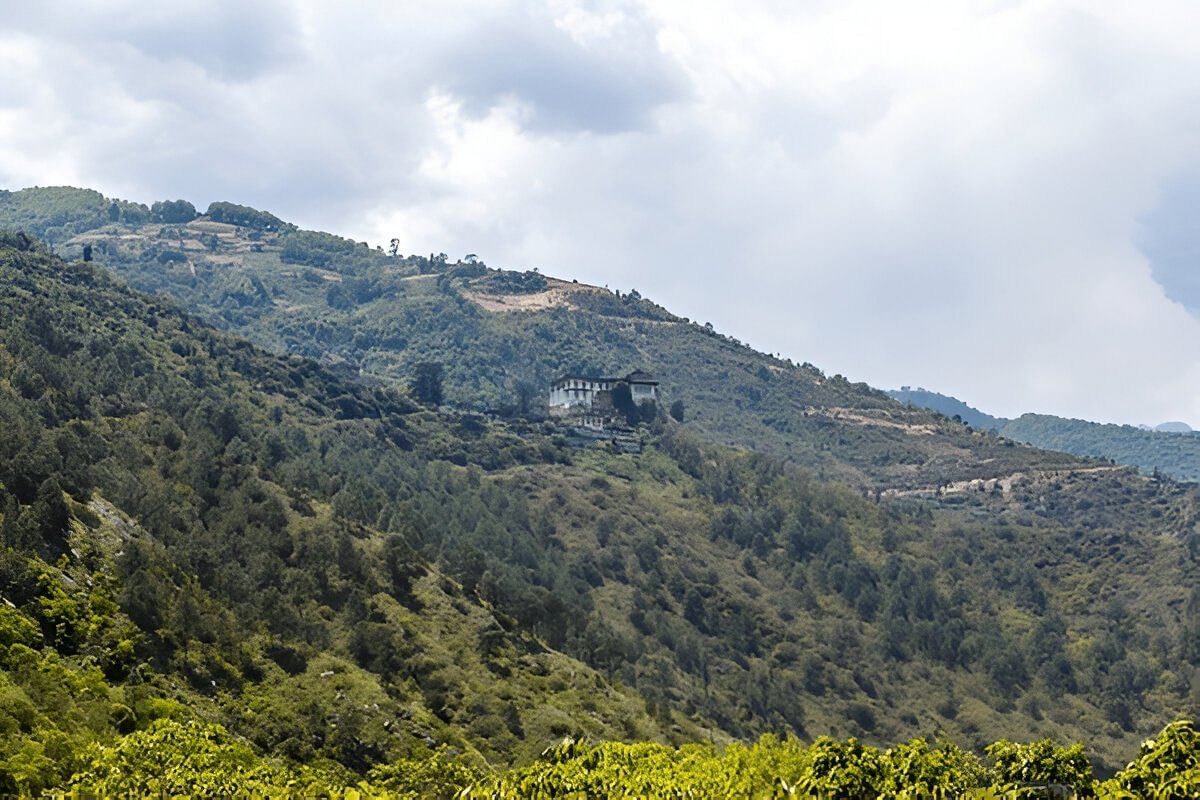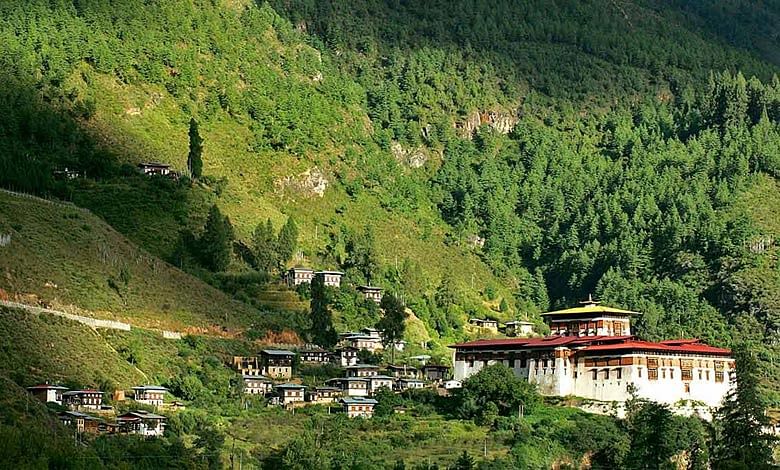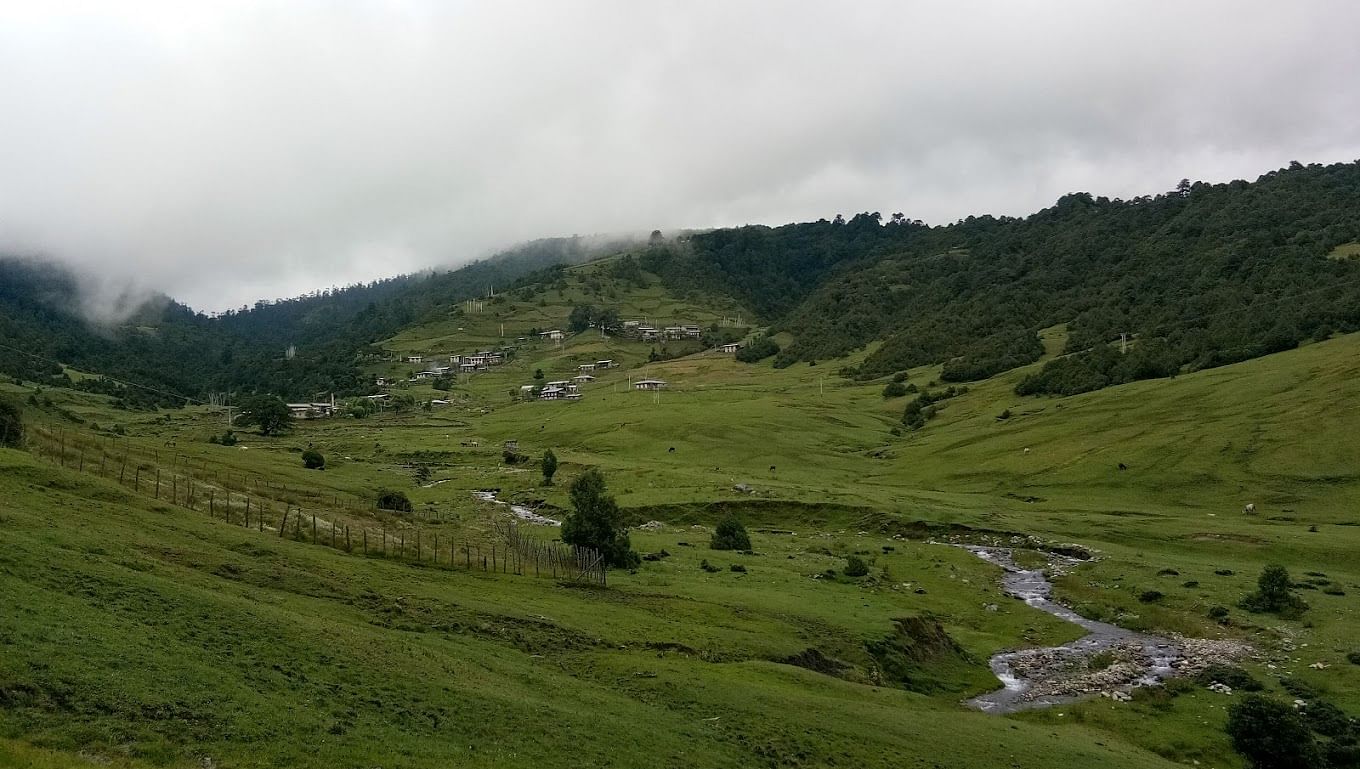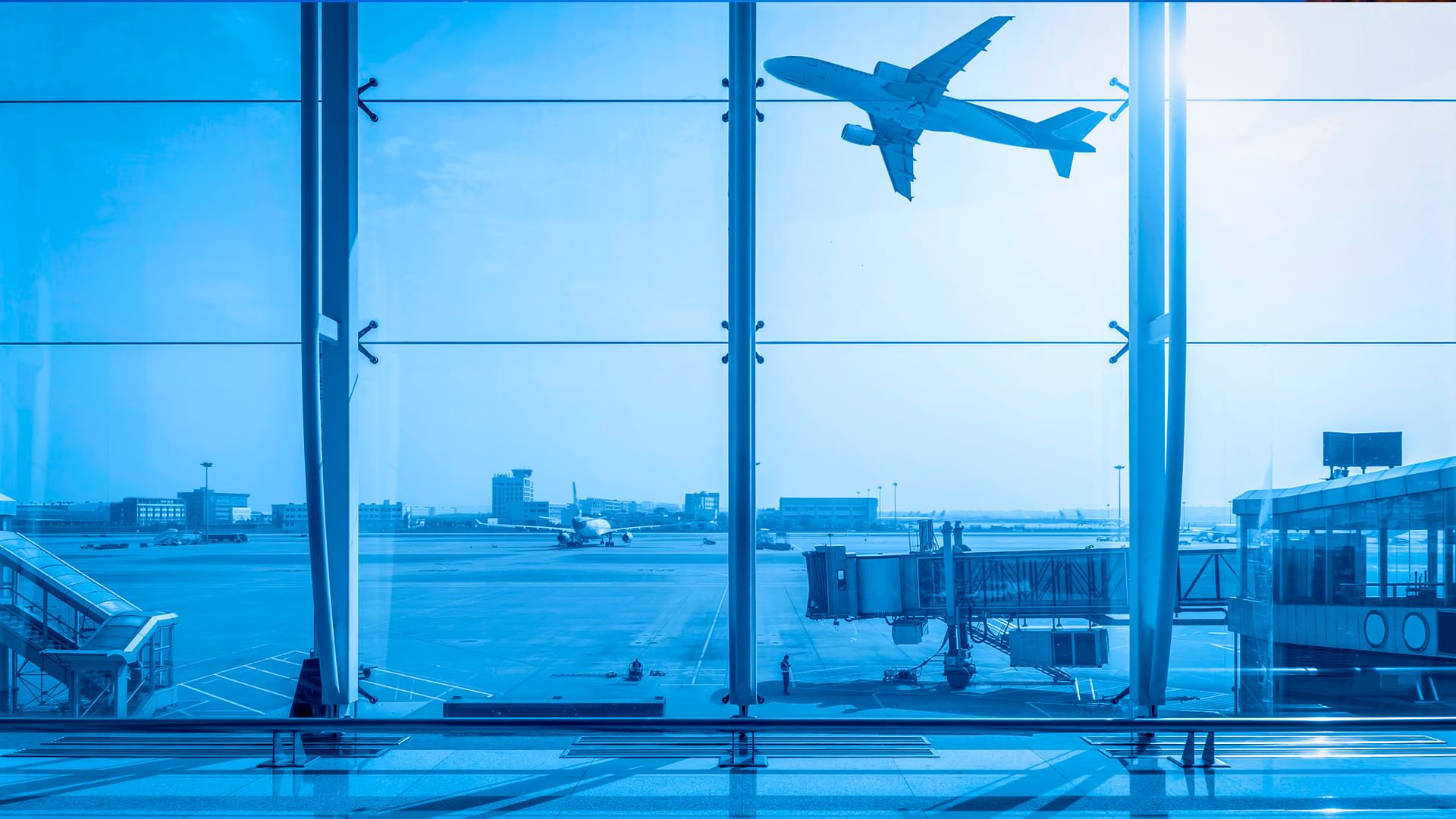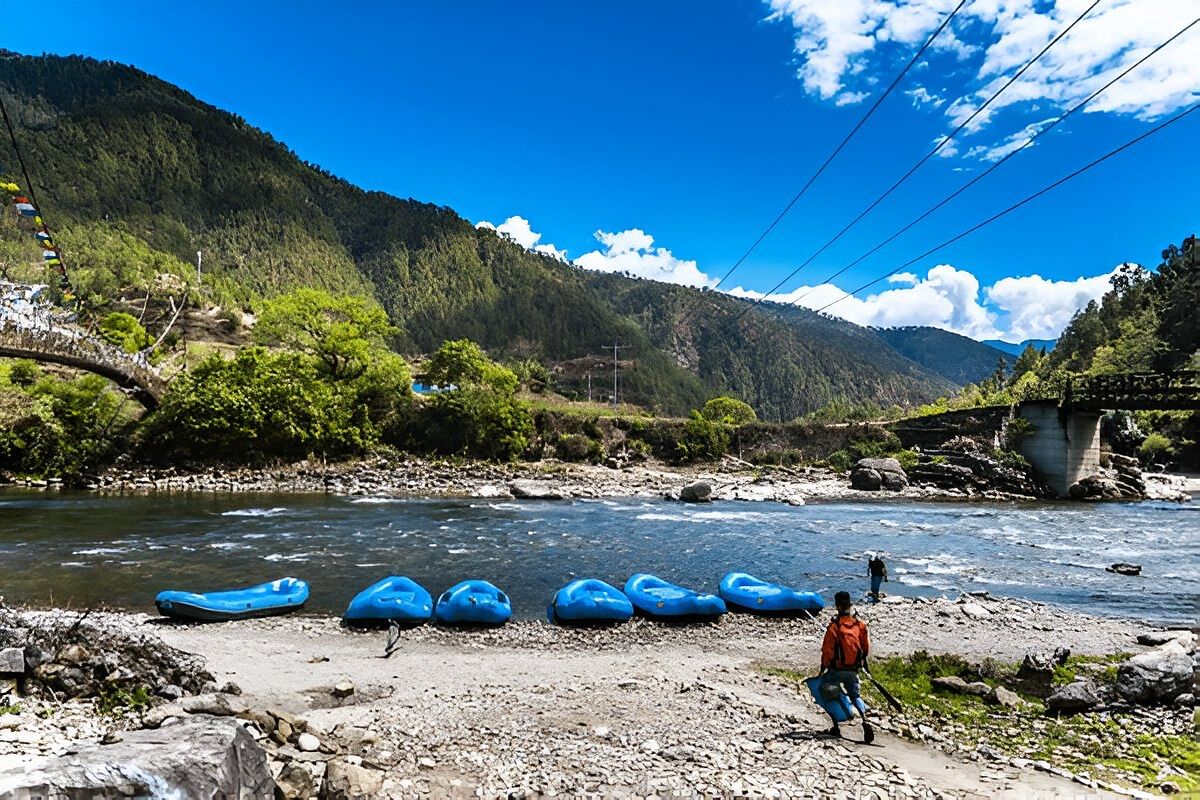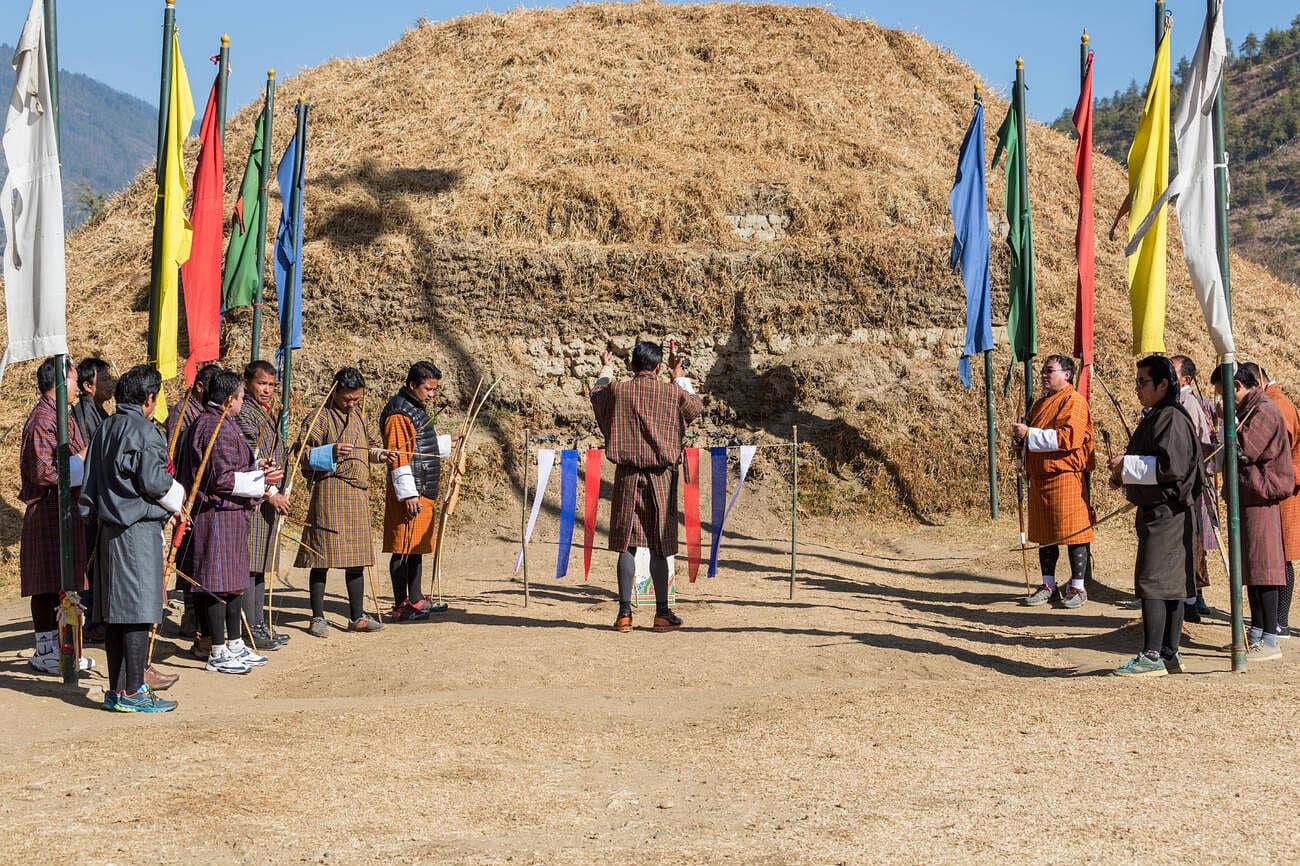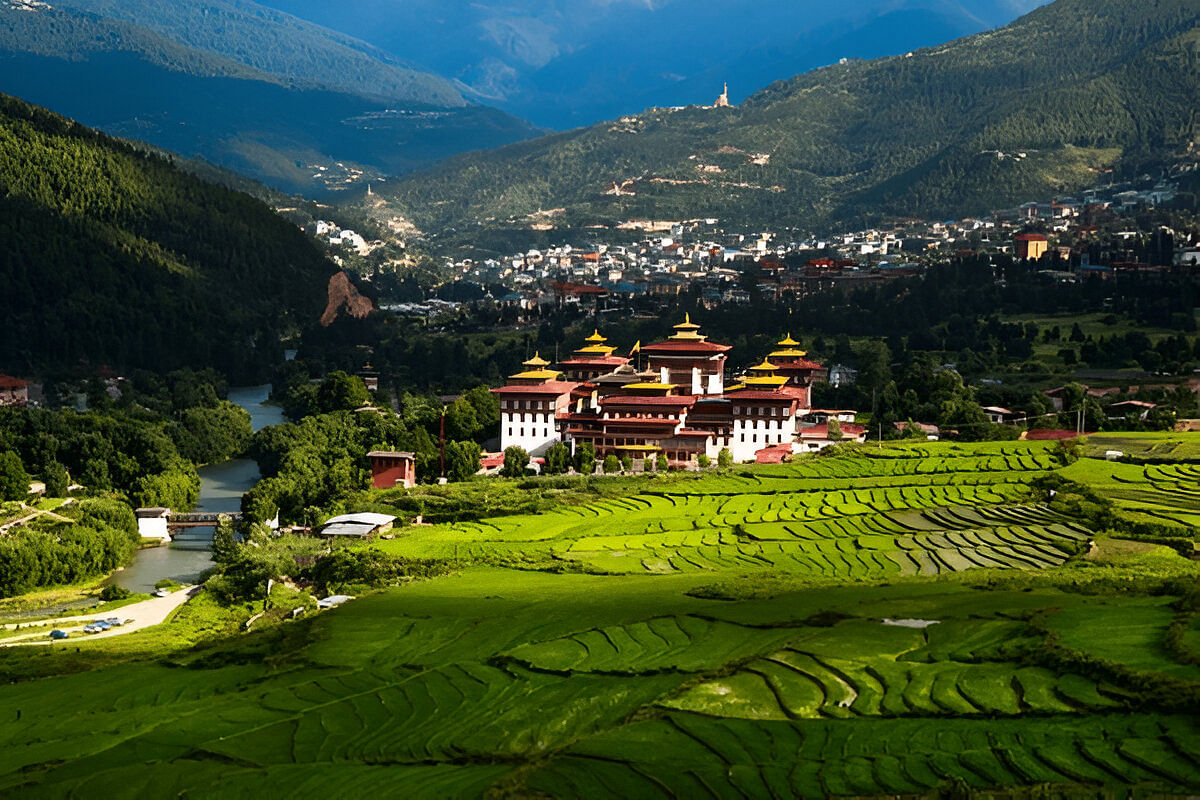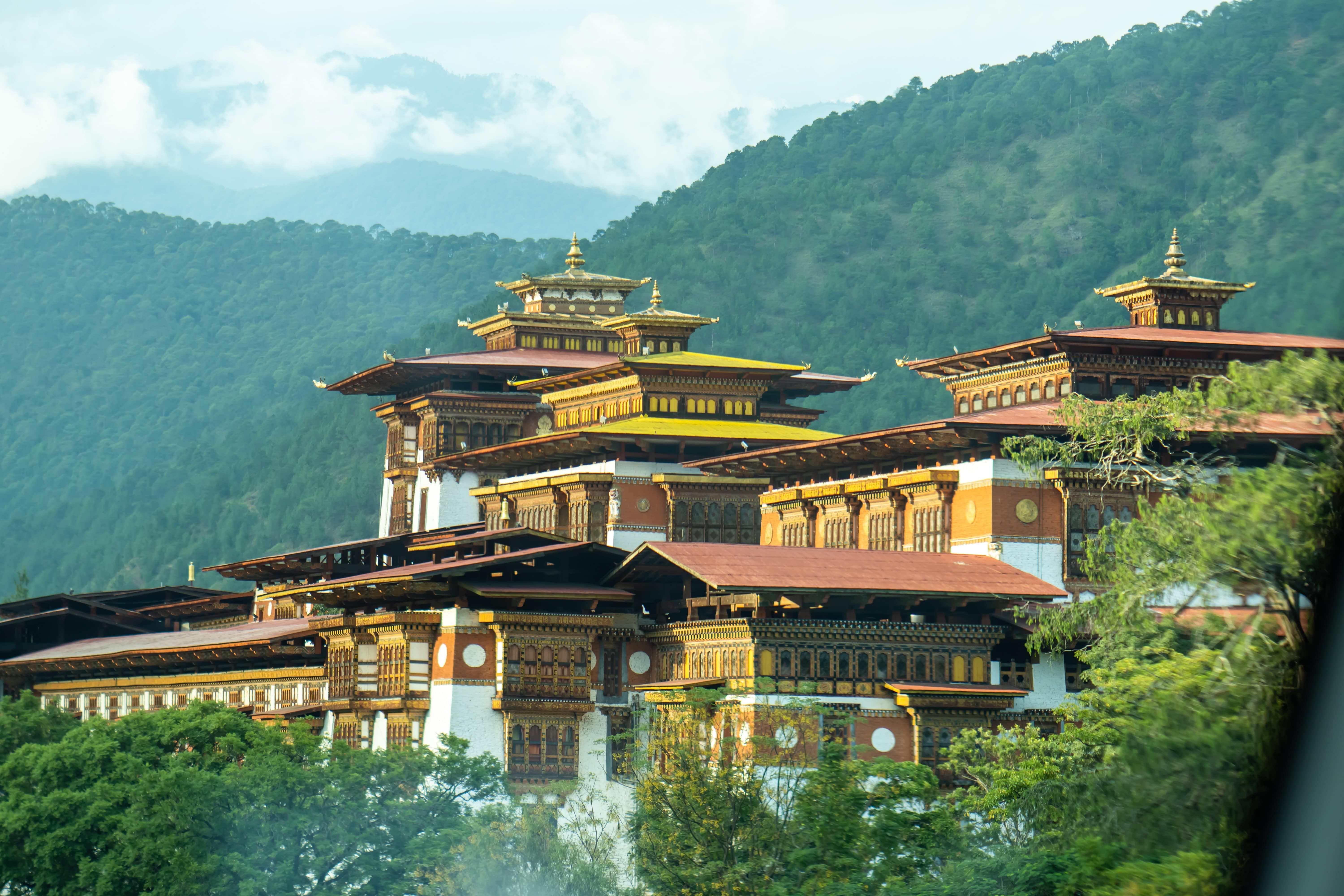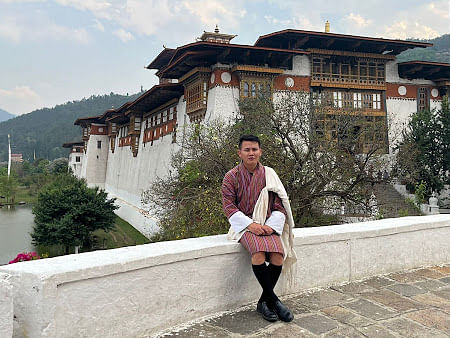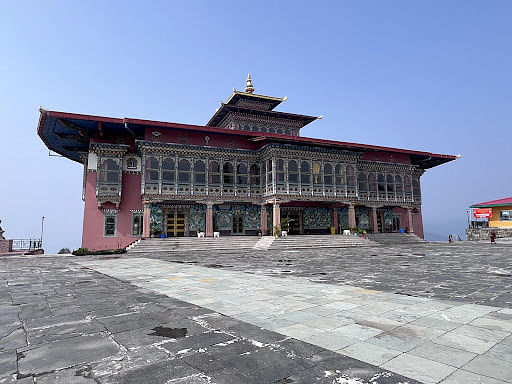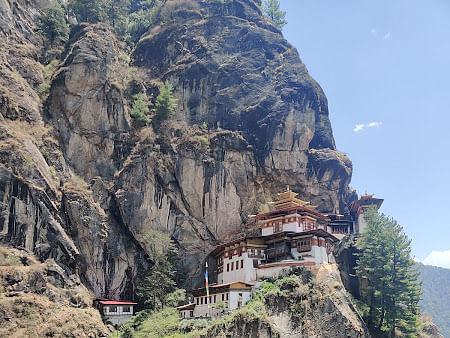Valleys in Bhutan are the real deal . They're located among the Himalayas, serene and green, with rivers flowing through. If you're thinking about places to visit in Bhutan , start here – because most of what this country is all about happens in these valleys.
Oh, and Paro Valley? That’s the spot with that wild cliff-hanging monastery—yep, Tiger’s Nest. The hike up? Kinda rough on your legs, not gonna lie. But once you’re up there? You’ll totally get why people drag themselves all that way. Punakha stays warmer, so rice fields everywhere and killer sunsets. Bumthang's got four valleys packed with old temples and locals who still make everything by hand. Haa Valley? Good luck finding another tourist there.
Life moves differently here. Farmers chat while they work the fields. Prayer flags get so faded that you can barely see the colours. Stray dogs own the streets. Nobody's in a rush.
Here's the catch – Bhutan makes you get permits and hire guides. It's annoying, but that's how they keep the place from turning into another crowded mess. Bhutan Tour Packages sort all that out, book your stays, and arrange transport. Way easier than doing it yourself.
Top 10 Beautiful Valleys In Bhutan | All You need to Know
Paro Valley is one of the best valleys in Bhutan. It is home to the country’s most famous attraction, Tiger’s Nest Monastery (Taktsang Monastery). This stunning monastery is built on the edge of a cliff, making it one of the most photographed places in Bhutan.
Paro is a valley filled with rich history and stunning scenery. You will find traditional Bhutanese houses, rice fields, and the Paro Chhu (river) flowing through the valley.
- Things to Do in Paro Valley: Trek to the Tiger's Nest Monastery, Tour Paro Dzong, a historic fort, Walk through the traditional Paro town, and Have Paro River views.
- Good For: Adventure seekers, culture lovers, history buffs.
- Elevation: 2,200 meters (7,200 feet).
- Places to Stay: COMO Uma Paro, Naksel Boutique Hotel, Tashi Namgay Resort.
- Insider’s Tip: Start the Tiger’s Nest hike early morning to avoid crowds.
- Best Time to Visit: The best time to explore valleys in Bhutan, like Paro, is during spring (March-May) and autumn (September-November).
Punakha Valley is another must-visit beautiful valleys in Bhutan. It is famous for Punakha Dzong, one of the most beautiful fortresses in the country. The dzong is built between two rivers-Pho Chhu (Father River) and Mo Chhu (Mother River). The valley has a warmer climate than other parts of Bhutan, making it a great place to visit in winter.
- Things to Do in Punakha Valley: Visit the Punakha Dzong, walk across Bhutan’s longest suspension bridge, see the fertility temple, Chimi Lhakhang, and try river rafting in the Pho Chhu River
- Good For: Couples, photographers, nature lovers.
- Elevation: 1,200 meters (3,900 feet).
- Places to Stay: Dhensa Boutique Resort, RKPO Green Resort, Hotel Lobesa.
- Insider’s Tip: Carry light clothes – Punakha is warmer than most valleys.
- Best Time to Visit: October to April.
best selling bhutan tour packages
Thimphu Valley is home to Bhutan’s capital city, blending tradition with modernity. It features the Buddha Dordenma statue, Tashichho Dzong, and vibrant markets. Despite being urban, Thimphu remains one of the beautiful valleys in Bhutan, surrounded by forests and mountains, offering a perfect mix of culture and nature.
- Things to Do in Thimphu Valley: Visit the Buddha Dordenma Statue, one of the tallest Buddha statues in the world, explore the Tashichho Dzong, Stroll through the city’s markets and try local food.
- Good For: Culture lovers, history explorers, and festival seekers.
- Elevation: Around 2,334 meters (7,657 feet) above sea level.
- Places to Stay: Taj Tashi, Le Meridien Thimphu, Hotel Druk, and budget-friendly homestays.
- Insider’s Tip: Try visiting during the Thimphu Tshechu festival in autumn for traditional dances, mask performances, and cultural celebrations.
- Best Time to Visit: Spring and autumn are the best seasons to visit the Thimphu Valley.
Haa Valley is one of the least-explored valleys of Bhutan, known for its peaceful environment and stunning landscapes. The valley features pine forests, ancient monasteries like Lhakhang Karpo, and traditional Bhutanese villages. The journey to Haa Valley itself is a scenic adventure, making it a must-visit for nature lovers.
- Things to Do in Haa Valley: Visit the ancient Lhakhang Karpo and Lhakhang Nagpo temples, Explore the beautiful Haa town, enjoy scenic drives and see local yak herders.
- Good For: Offbeat travellers, trekkers, photographers.
- Elevation: 2,670 meters (8,760 feet).
- Places to Stay: Risum Resort, Soednam Zingkha Heritage Lodge, and guesthouses.
- Insider’s Tip: Carry warm clothes – Haa is cooler than Paro and Thimphu.
- Best Time to Visit: June to August is the best time to visit when the valley is green and full of life.
Phobjikha Valley, also known as Gangtey Valley, is among the top scenic valleys in Bhutan. It is famous for its winter, the rare black-necked cranes. The valley offers nature trails, Gangtey Monastery, and vast open fields, making it one of the most peaceful valleys in Bhutan for wildlife enthusiasts.
- Things to Do in Phobjikha Valley: Visit Gangtey Monastery, an important Buddhist site, and see the Black-necked cranes in winter.
- Good For: Birdwatchers, peace seekers, nature lovers.
- Elevation: 3,000 meters (9,840 feet).
- Places to Stay: Dewachen Hotel & Spa, The Crane Valley Hotel, and farm stays.
- Insider’s Tip: Visit in November for the Black-Necked Crane Festival.
- Best Time to Visit: October–March.
Bumthang Valley is often called the spiritual heart of Bhutan. This valley is home to some of the oldest monasteries, such as Jakar Dzong and Kurjey Lhakhang. It is also famous for its apple orchards and dairy farms, offering visitors a chance to explore Bhutan’s religious and agricultural heritage.
- Things to Do in Bumthang Valley: Visit Jakar Dzong, an ancient fortress; see Kurjey Lhakhang, a sacred monastery; try local Bhutanese food, including Bumthang cheese.
- Good For: Culture lovers, festival goers, history explorers.
- Elevation: 2,600 meters (8,530 feet).
- Places to Stay: Mountain Lodge, Swiss Guest House, Hotel Ugyenling.
- Insider’s Tip: Try Bumthang’s Swiss cheese and apple cider.
- Best Time to Visit: Spring and autumn are ideal for exploring Bumthang Valley.
Trongsa Valley is one of the most historically significant valleys in Bhutan. It is home to Trongsa Dzong, the largest fortress in Bhutan. This valley played an important role in Bhutanese history. Visitors can explore the Tower Museum and enjoy beautiful views of the surrounding mountains and deep gorges.
- Things to Do in Trongsa Valley: Visit Trongsa Dzong, a historic fortress, explore the Tower Museum, and enjoy beautiful views of the valley
- Good For: History enthusiasts, architecture lovers.
- Elevation: 2,180 meters (7,150 feet).
- Places to Stay: Yangkhil Resort, Raven’s Nest Resort.
- Insider’s Tip: Spend extra time exploring the museum for royal history.
- Best Time to Visit: October to February is the best time to visit.
Lhuentse Valley is among the most remote valleys in Bhutan, famous for its fine traditional weaving. The valley is home to Lhuentse Dzong, which sits dramatically on a hilltop. The region is known for its stunning mountain scenery and untouched landscapes, making it perfect for those seeking an off-the-beaten-path experience.
- Things to Do in Lhuentse Valley: Visit Lhuentse Dzong, a historical fortress; Learn about Bhutanese weaving in Khoma Village; See the Takila Guru Rinpoche Statue
- Good For: Culture seekers, textile lovers, offbeat travellers.
- Elevation: 1,460 meters (4,790 feet).
- Places to Stay: Farm stays, homestays, small guesthouses.
- Insider’s Tip: Buy handwoven Kishuthara as a unique souvenir.
- Best Time to Visit: March–May and September–October.
Tang Valley, located in Bumthang, is one of the lesser-known yet beautiful valleys in Bhutan. It is famous for the Ogyen Choling Palace Museum and Mebar Tsho (Burning Lake), a sacred site in Bhutanese legends. This valley is perfect for visitors interested in Bhutanese myths, history, and stunning natural beauty.
- Things to Do in Tang Valley: Visit Ogyen Choling Palace Museum, See Mebar Tsho (Burning Lake), Go for nature walks
- Good For: Spiritual travellers, history lovers, and offbeat explorers.
- Elevation: Around 2,800 meters (9,186 feet).
- Places to Stay: Ogyen Choling Heritage House, eco-lodges, farm stays.
- Insider’s Tip: Stay at a local farmhouse for an authentic Bhutanese experience with home-cooked meals.
- Best Time to Visit: March to May and September to November are the best times to visit.
10. Merak and Sakteng Valley
Merak and Sakteng Valleys are among the most unique valleys in Bhutan, home to the semi-nomadic Brokpa people. These high-altitude valleys offer a rare cultural experience, with stunning pastures, yak herders, and untouched nature. Trekking through these valleys gives visitors a glimpse into Bhutan’s traditional nomadic lifestyle.
- Things to Do in Merak and Sakteng Valley: Experience the Brokpa culture and traditions, enjoy trekking in the untouched landscapes, see the wildflowers and high-altitude grasslands
- Good For: Cultural immersion, trekking enthusiasts, and nature lovers.
- Elevation: Around 3,000 meters (9,842 feet).
- Places to Stay: Community guesthouses, homestays with Brokpa families.
- Insider’s Tip: Carry warm clothes as the high-altitude valleys are chilly even in summer.
- Best Time to Visit: May–October for trekking; autumn for Brokpa cultural festivals.
Things to Know Before Visiting Bhutan Valleys
Before you plan your trip, here are some important things to keep in mind:
- Visa & Entry Fees: Most travellers need a visa, except for a few neighbouring countries.
- Guided Tours: Bhutan requires international tourists to book tours through licensed operators.
- Weather Variations: Some valleys in Bhutan have extreme weather changes, so pack accordingly.
- Respect Local Culture: Bhutan has strict dress codes at religious sites.
- Sustainable Travel: Bhutan promotes responsible tourism, so follow eco-friendly practices.
Best Time to Explore Valleys in Bhutan
The best time to explore valleys in Bhutan is during spring (March-May) and autumn (September-November). These seasons offer pleasant weather, clear skies, and blooming landscapes, making them ideal for sightseeing, trekking, and exploring Bhutan’s cultural sites. Winter is best for birdwatching in Phobjikha Valley, while summer makes Haa Valley greener.
Cost of Visiting Bhutan Valleys
Travelling to the pretty valleys of Bhutan involves several costs, with the Sustainable Development Fee (SDF) being a significant component. For Indian tourists, the SDF is set at ₹1,200 per person per night. Children aged between 6 and 12 years receive a 50% concession, making their fee ₹600 per night, while children below 6 years are exempt from this fee.
Additional Expenses:
- Accommodation: Budget accommodations start from approximately ₹1,000 per night, mid-range hotels range between ₹2,500 to ₹5,000 per night, and luxury resorts can cost upwards of ₹6,000 per night.
- Meals: Dining at local restaurants typically costs between ₹150 to ₹400 per meal.
- Transportation: Local taxi fares within cities like Thimphu and Paro can range from ₹150 to ₹300 for short distances. Renting a car with a driver for full-day excursions can cost between ₹3,000 to ₹5,000 per day.
Sample Budget for a 5-Day Trip:
- SDF: ₹1,200 x 5 nights = ₹6,000
- Accommodation: Mid-range hotel at ₹3,000 per night x 5 nights = ₹15,000
- Meals: ₹300 per meal x 3 meals per day x 5 days = ₹4,500
- Local Transportation: ₹500 per day x 5 days = ₹2,500
- Total Estimated Cost: ₹28,000 (excluding international transportation and personal expenses)
Bhutan is a land of peace, beauty, and tradition. Whether you want to see historic monasteries, rare birds, or stunning landscapes, the valleys in Bhutan offer something for everyone. If you are looking for an unforgettable experience, visiting these top scenic valleys in Bhutan should be on your travel bucket list.





